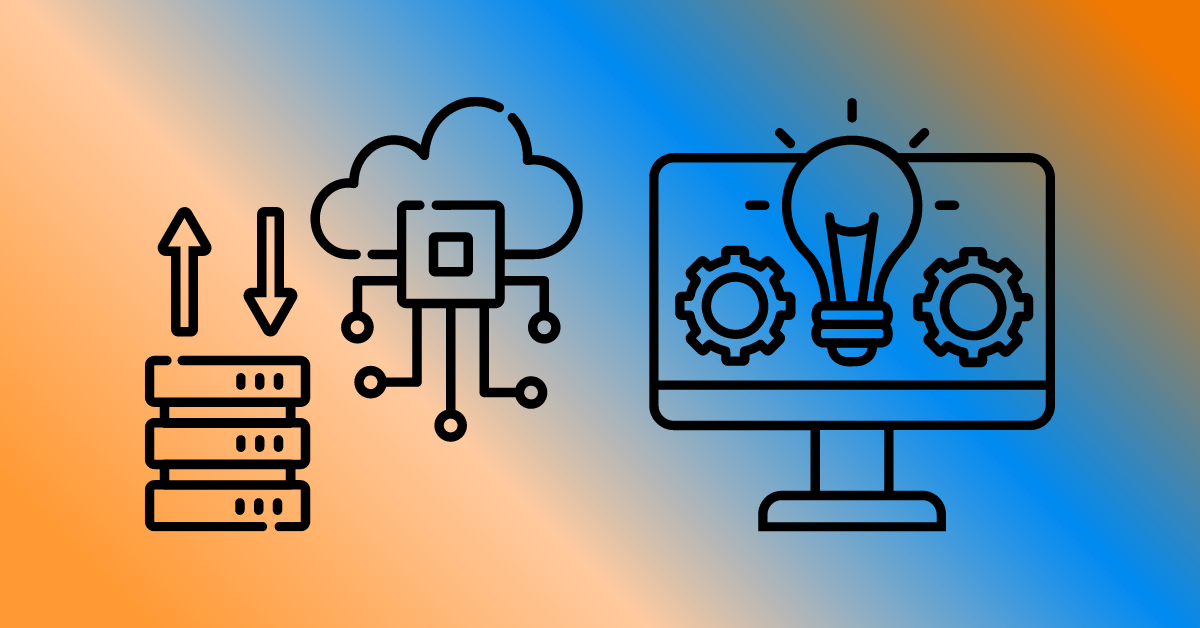In today’s digital age, the demand for faster and more efficient data processing has never been greater. Edge Computing is a revolutionary paradigm shift that promises to transform the way we handle data. This technology represents a departure from the traditional model of centralized data processing, offering a decentralized alternative that brings computation closer to where it’s needed, often at the “edge” of the network. I will try to explain what edge computing is, why it’s gaining prominence, and its potential implications across various industries.
What is Edge Computing?
Edge Computing is a distributed computing approach that involves processing data closer to the source of generation, rather than relying solely on a centralized data center or cloud infrastructure. In a typical cloud computing setup, data is collected from various sources and sent to a centralized server or data center for analysis and processing. Edge Computing, on the other hand, aims to perform these tasks locally, right at the “edge” of the network, where data is generated.
This means that instead of sending data to a distant data center for processing, edge devices — such as sensors, IoT (Internet of Things) devices, and edge servers — process and analyze data in real-time, or near real-time, within the local network. By doing so, edge computing reduces latency, bandwidth usage, and the need for continuous connectivity to a central server.
Why Edge Computing Matters?
Low Latency
In applications where milliseconds matter, such as autonomous vehicles or telemedicine, Edge Computing provides ultra-low latency. For instance, a self-driving car can’t afford to wait for a signal to travel back and forth to a remote data center; decisions must be made instantly.
Bandwidth Efficiency
Edge Computing reduces the burden on network bandwidth by processing data locally. This is particularly vital in scenarios where large volumes of data are generated continuously, like in industrial IoT settings.
Privacy & Security
Some data, like personal health information or critical infrastructure data, may be too sensitive to send to a distant server. Edge computing allows for local processing, enhancing data privacy and security.
Reliability
Centralized data centers can become points of failure. In contrast, an edge computing network can continue to function even if some edge devices or nodes fail, providing increased system reliability.
Real-time Decision Making
Edge Computing enables real-time decision-making, which is crucial for applications like industrial automation and smart grids. Immediate responses to changing conditions can be made without relying on a remote data center.
Applications of Edge Computing
Edge Computing has a wide range of applications across various industries:
- IoT devices benefit greatly from Edge Computing. Smart thermostats, security cameras, and wearable devices can process data locally to respond quickly to user commands or sensor inputs.
- In manufacturing, edge computing can enhance predictive maintenance by analyzing machine data in real-time. It also aids in quality control and process optimization.
- Edge Computing plays a vital role in telemedicine, enabling real-time patient monitoring and diagnosis. Medical devices can process data locally, ensuring privacy and reducing delays.
- Self-driving cars rely on edge computing to make split-second decisions based on sensor data. Processing this data locally is essential for passenger safety.
- Edge Computing can be used in retail to personalize shopping experiences, manage inventory, and analyze customer behavior in real-time.
- In the energy sector, Edge Computing helps optimize power grids and manage renewable energy sources efficiently.
Challenges & Considerations
While edge computing offers numerous advantages, it also comes with challenges:
- Setting up Edge Computing infrastructure can be costly, especially for organizations with a large number of edge devices.
- Distributing data processing across multiple edge devices requires effective data management strategies to ensure data integrity and security.
- As the number of edge devices grows, managing and scaling the infrastructure becomes increasingly complex.
- The industry is still working on standardizing edge computing frameworks, which can lead to compatibility issues.
- Edge devices can be vulnerable to physical attacks, making security a critical concern.
Edge Computing represents a fundamental shift in how we process and analyze data. By bringing computation closer to the source, it offers lower latency, increased reliability, and improved privacy and security. The applications are vast, ranging from IoT and healthcare to autonomous vehicles and manufacturing.
As technology continues to advance, the adoption of Edge Computing is likely to grow, driven by the need for faster, more efficient, and more responsive data processing. However, organizations considering the transition to edge computing must carefully weigh the benefits against the challenges and invest in robust infrastructure and security measures to fully leverage the potential of this transformative technology. Edge Computing is not just a buzzword — it’s a new era in data processing that promises to power the future of connectivity and innovation.


